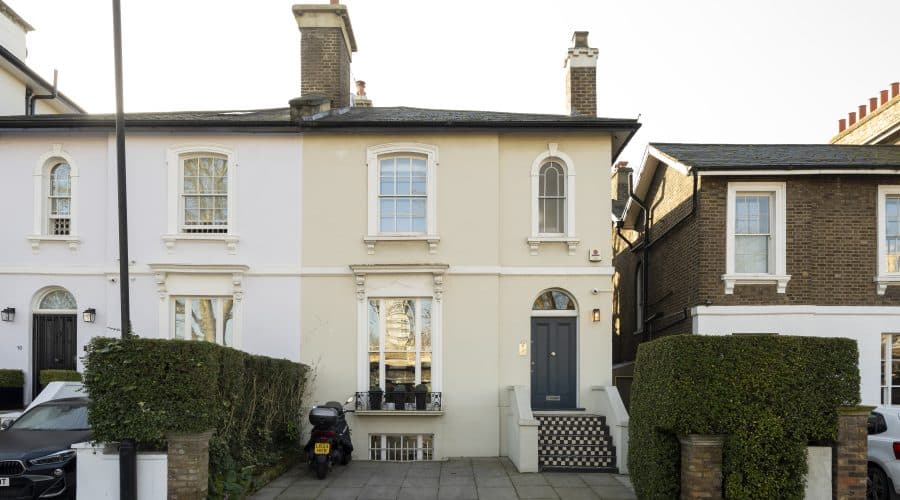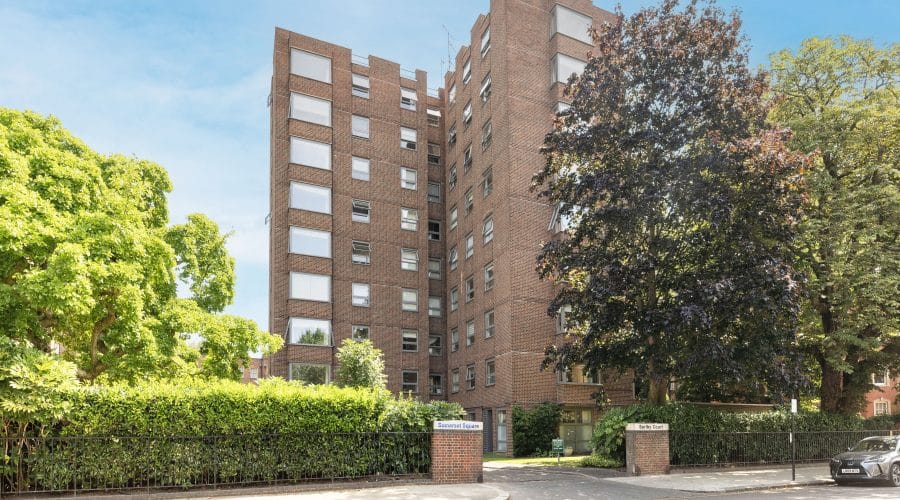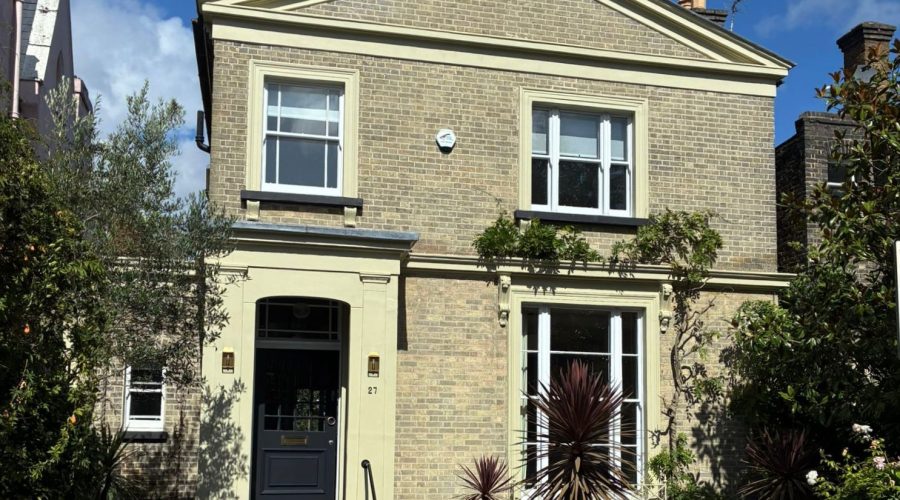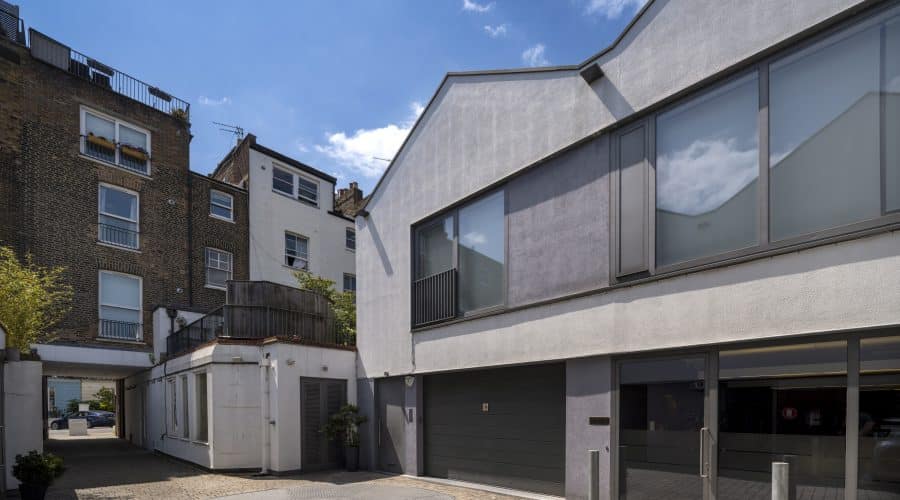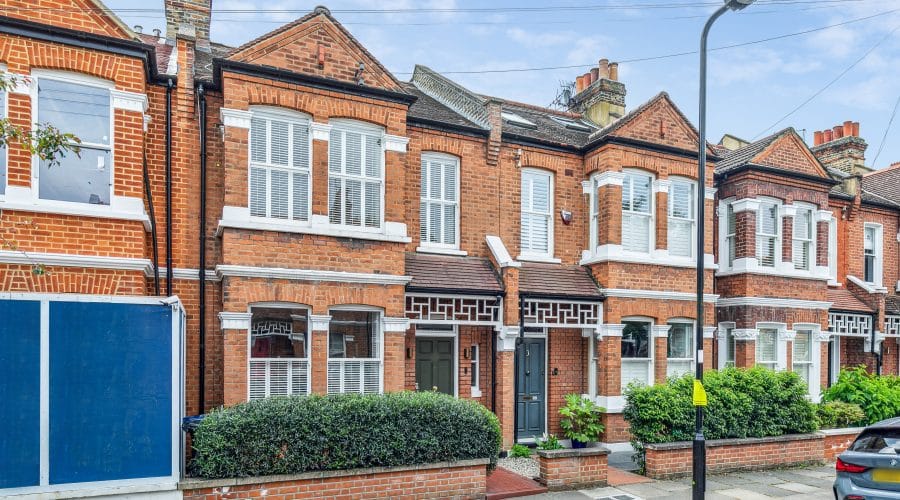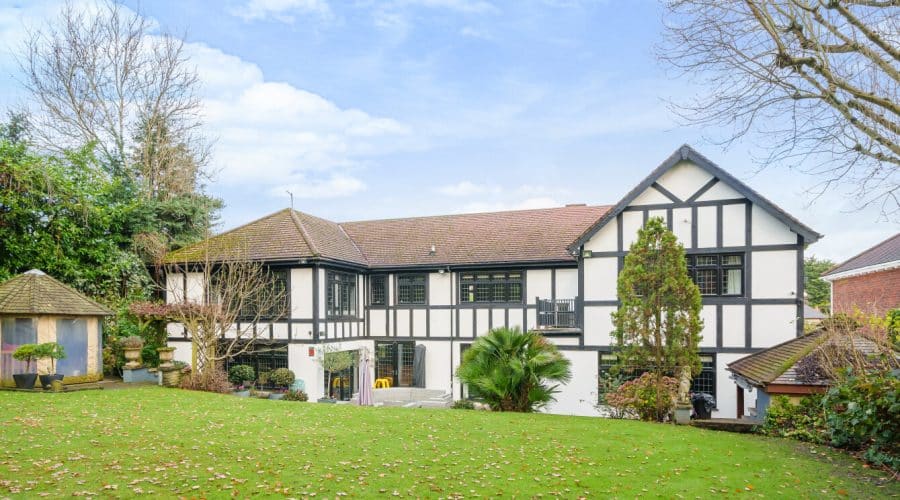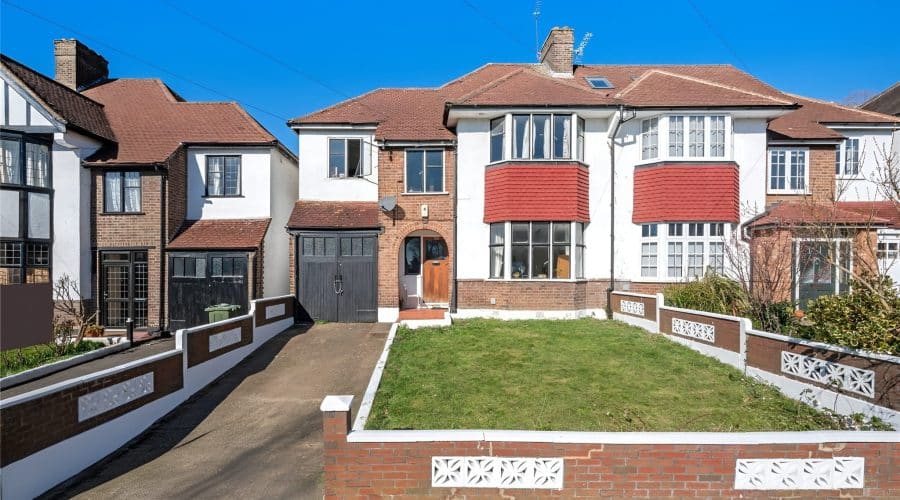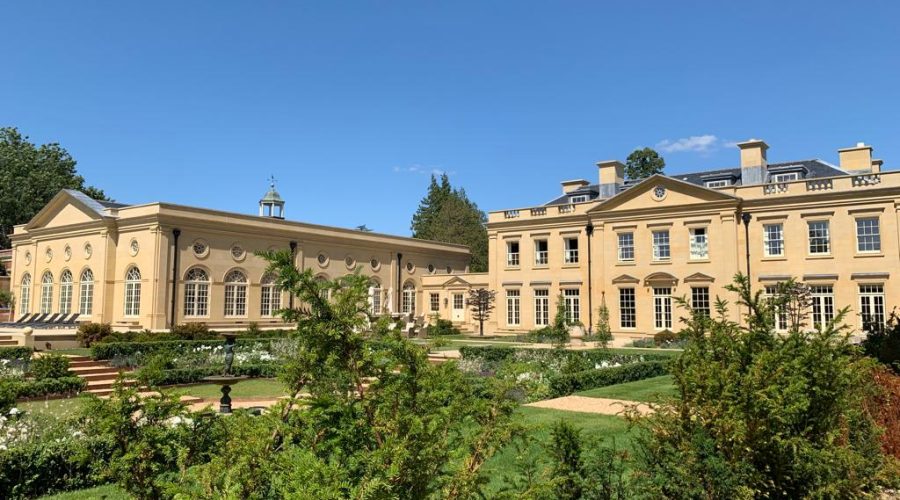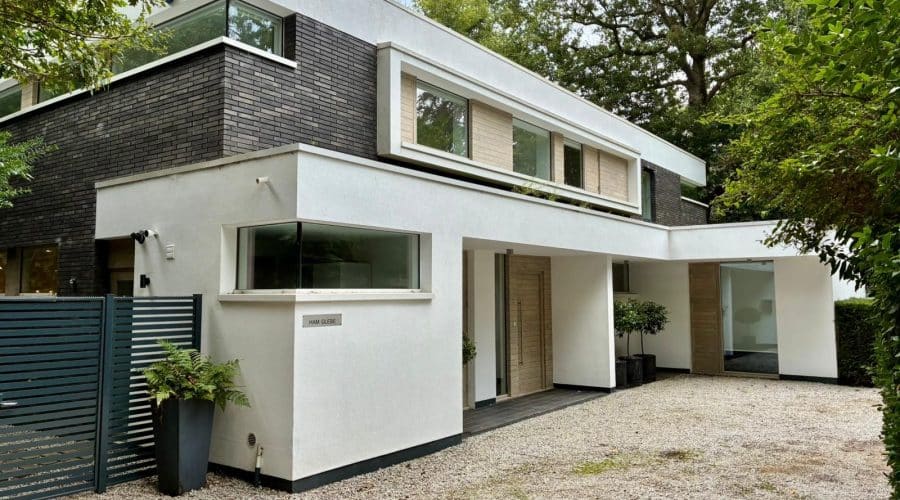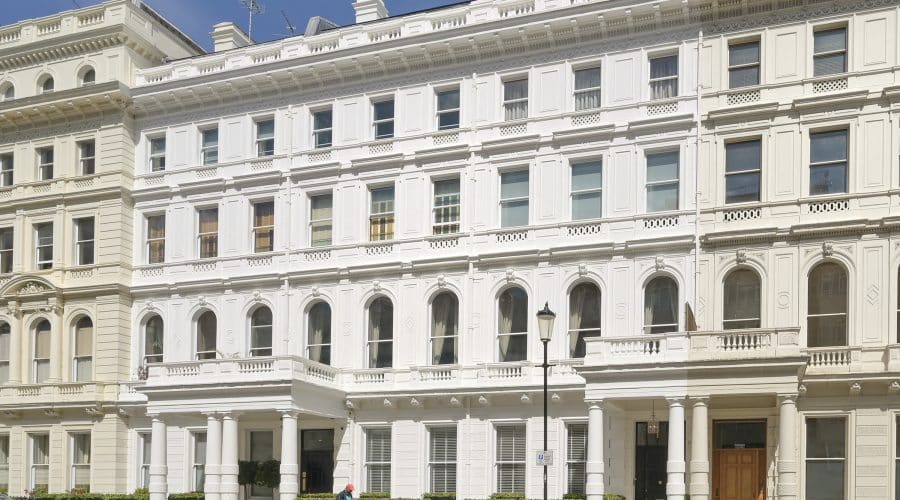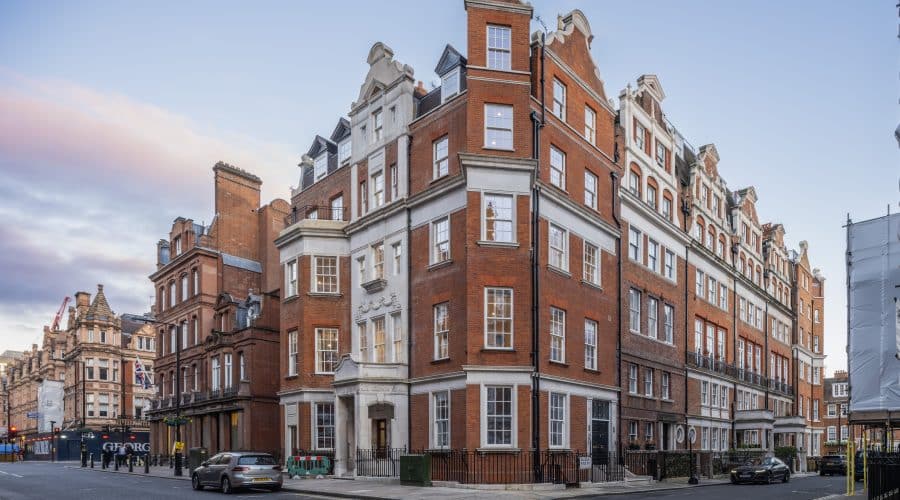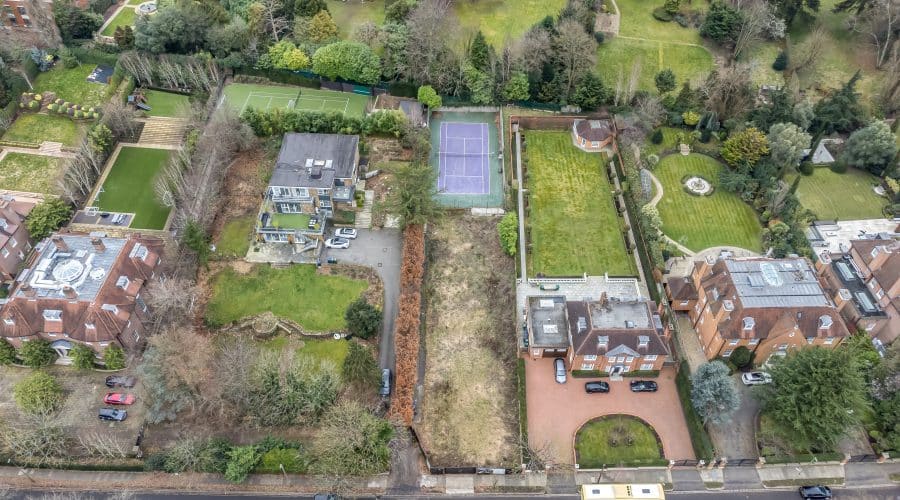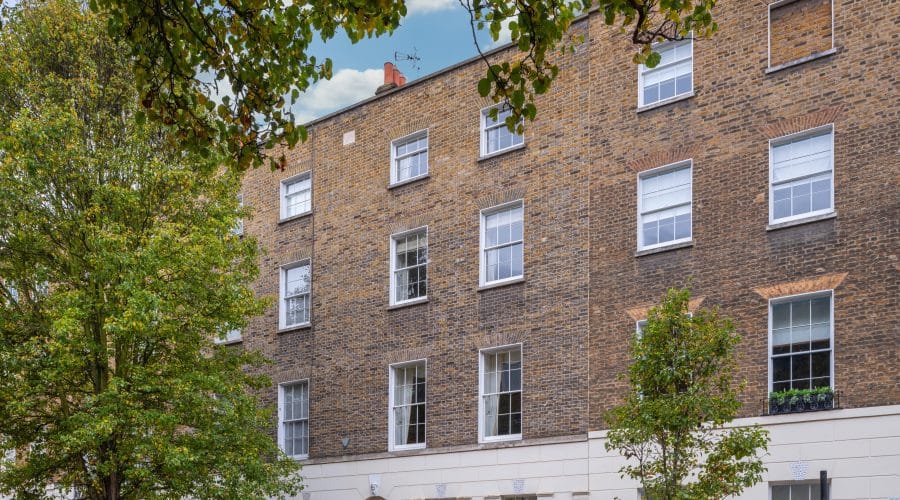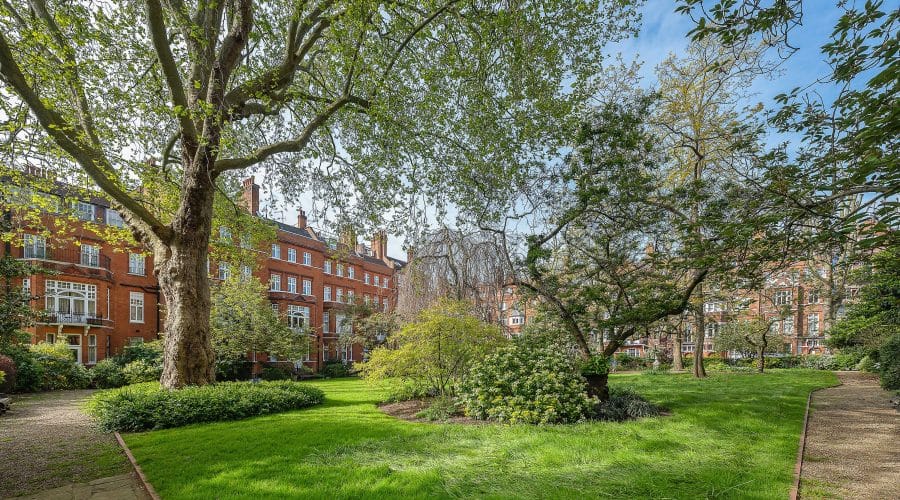Only one in ten homes are under offer in some affluent areas. Experts blame stamp duty, expensive mortgages and fear of more to come in Rachel Reeves’s budget.
By David Byers and Emanuele Midolo
The property market in high-value areas has gone into a deep freeze in recent months due to rising taxes, Times data shows, with estate agents claiming that speculation is making matters even worse.
An examination of data supplied by PropCast, a property data company, shows that only one in ten homes for sale are under offer in some more affluent neighbourhoods, as buyers balk at high taxes and worry about further policy changes.
Experts blame a combination of higher rates of stamp duty, stubbornly expensive mortgages and VAT on private school fees for gumming up the market in many middle-class areas. The abolition of non-dom status in the last budget has torpedoed higher-value transactions, some believe, because many would-be buyers look to move abroad.
This week it was revealed that the government was considering hitting landlords with tax rises in this autumn’s budget by applying national insurance to rental income. The Treasury is also thinking about extending capital gains tax to the sale of primary homes, perhaps those worth £1.5 million or more.
The data shows the scale of the stagnation in areas where homes — and therefore property taxes and mortgages — are most expensive.
For example, in London, in affluent SW10 (including Kensington and Chelsea), only 12 per cent of homes for sale were under offer by the end of July compared with 21 per cent in 2022, while in W1 (Mayfair and Marylebone) and EC2 (Barbican and Moorgate), 8 per cent of homes up for sale were under offer.
Middle-class areas are also affected, including NW4 (Hendon and Brent Cross), where 11 per cent of homes were under offer.
The deep freeze is also present in the countryside and coastal areas, compounded by the previous government’s decision to raise council tax by 100 per cent for second-home owners, as well as the post-Covid rebound, when people stopped buying homes in these areas.
In the area of Mawgan Porth in Cornwall, for example, only 28 per cent of homes are under offer while in TQ8 (South Hams, Devon) it is 12 per cent, and in PL28 (Padstow, Cornwall) it is 14 per cent.
Trevor Kearney, the founder of The Private Office, a buying and selling agency dealing with the high end of the market, said the Treasury putting various possible future tax rises through trial by media was causing the market to quieten further. “I think that Rachel Reeves is making a mess of our economy. I think that what she is doing in terms of taxation is driving people out of the UK.”
Kearney estimated that prices in the Weybridge area, home to the private estates Wentworth and St George’s Hill, were down 10 to 15 per cent since the election.
Tom Bill, the head of UK residential research at the agency Knight Frank, agreed that Reeves’s speculation was actively damaging the market and creating “a re-run of 2024, when parts of the economy slowed down ahead of the autumn budget”.
Other agents were equally scathing. “I don’t think I’ve ever seen so much kite-flying in a run-up to an autumn statement in my entire professional career,” said Camilla Dell, a managing partner at Black Brick, a buying agent.
In the UK as a whole, the PropCast data shows that the market is slowing, although there is a huge disparity between affordable areas, which continue to be vibrant, and more affluent ones. Overall, in July there were 1,678 “hot” postcodes, which PropCast defines as being where at least 35 per cent of properties advertised for sale are under offer — a fall from 2,156 during the Covid boom of 2022.
There were 571 cold markets (where less than 35 per cent of properties are under offer), a substantial increase from 88 in 2022. In areas where family homes are more expensive, particularly London, the market is getting much colder. In the capital there were 63 hot markets, compared with 84 in 2022, and 59 cold compared with 38. Many neighbourhoods sat on the borderline.
Precise price-drops in more expensive areas are difficult to quantify because sellers frequently refuse to drop prices and transaction numbers fall. However, an analysis by Savills, using Office for National Statistics data for May, showed there had been significant price falls in areas that are popular with families since their peaks during the pandemic property-buying frenzy.
The average selling price in Hammersmith and Fulham, for example, has fallen 11.8 per cent since it peaked in March 2023, and is now at £784,876. In Tower Hamlets it has dropped by 16.3 per cent since its peak in January 2022, hitting £479,284, while in Barnet it has gone down by 8.5 per cent since peaking in October 2022.
Experts are concerned that introducing capital gains tax on the sale of expensive primary homes will leave asset-rich, cash-poor pensioners stranded in their homes and gum up the downsizing market. Meanwhile, the threat of landlords — who have already been hit by several tax rises since 2016 — being subject to national insurance could lead to costs being passed to renters.
Michael Foldvari, of Winkworth estate agent’s Reading and Newbury offices, said: “We had four landlords call in yesterday asking us to value their rental properties, one with a portfolio of several properties, who has suggested that this may be the straw that breaks the camel’s back and is considering exiting the market.”
